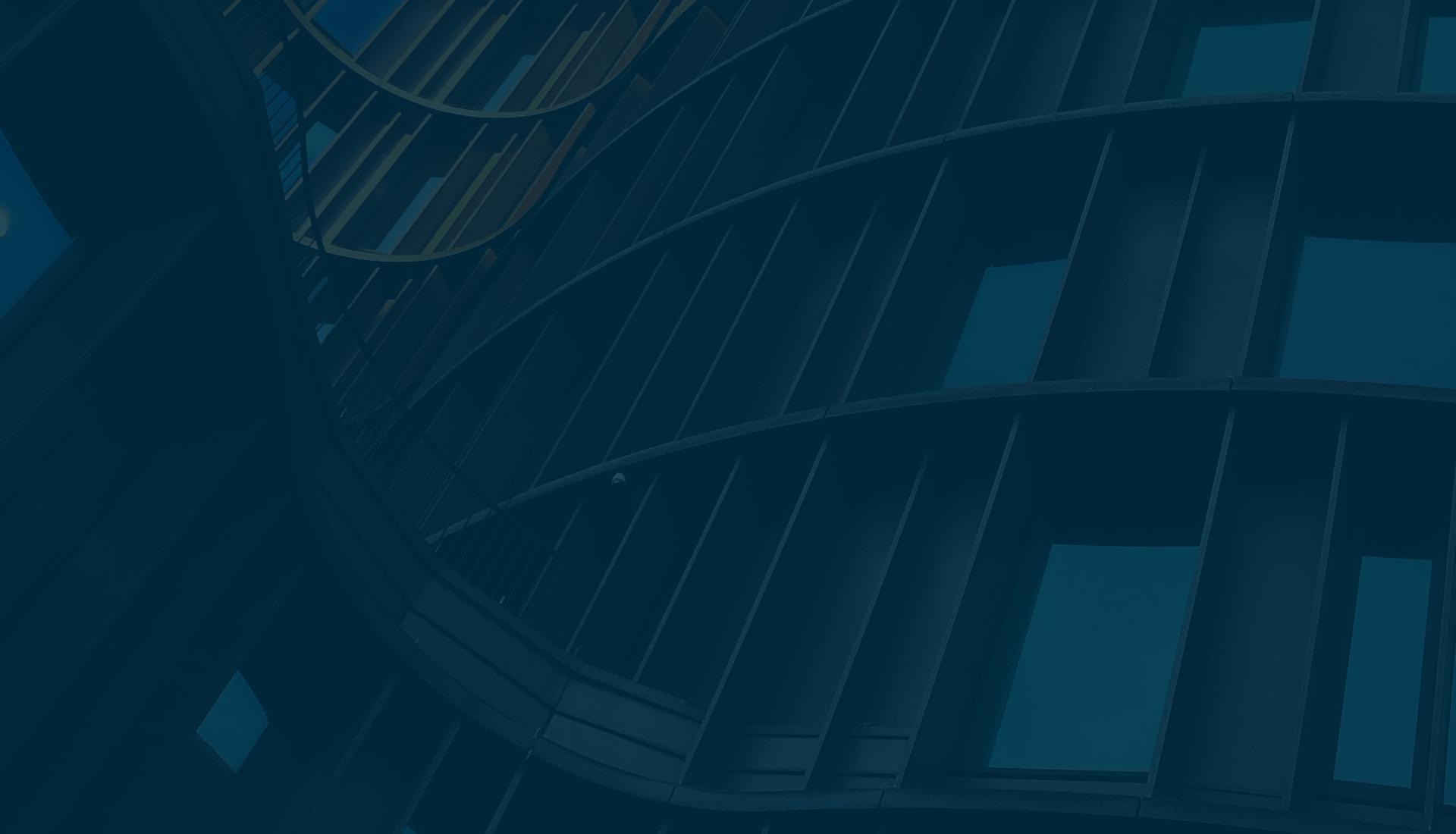4 Basic Metrics for Your SMS Marketing Campaigns

One key to successful marketing is to know when you’re doing it right. And when you’re doing it wrong. The great thing about SMS marketing is you can get that information pretty quickly. The messages get sent out fast, and generally the actions taken on those messages are quick as well. But to understand how your messages are performing, you need to do a little maths. Thankfully, it’s all rather simple once you see it.
List growth
One of the first questions marketers usually ask is “How many subscribers do I have?” While that’s a useful question, it isn’t the end of that train of thought. It’s most useful to know whether the number of subscribers is increasing or decreasing overall. You’ll need to know three things to calculate list growth: the number of subscribers you had before, the number you have currently, and the time between then and now.
For example say you had 100 subscribers at the end of last month. At the end of this month you have 250. Calculate your growth rate by using the following formula: Subtract last month’s number from this month’s number. Then divide that result by last month’s number. In the example above the maths look like this: (250-100)/100 = 1.5. Since there was one month between those two numbers your growth rate is 1.5 per month, or if you prefer percentages, just multiply by 100 to get 150% per month. The time period doesn’t have to be a month. You can check it on a daily, weekly, hourly rate depending on what your own goals are.
If the growth rate is positive then your list is growing. If your growth rate turns out to be negative, it isn’t an error (probably, double check your maths!). It means you’re losing more subscribers than you are gaining. Which leads to the next metric…
Opt out/churn rate
People will always opt out from your list. There’s a variety of reasons for this. Many might have nothing to do with your offers, but some of them will. If you diligently keep track of your opt outs and churn rates you’ll know when you’ve done something wrong. But first, let’s get to the difference between opt out and churn rates (some will say there is none and they aren’t wrong. I make a small distinction between the two). The difference is time and method. Both measure the number of people who leave your list. Opt out only counts those that officially opt out using the defined protocol in your message. But there are other ways people can leave your list. They may switch mobiles and have a new number which means their old number may become invalid. This doesn’t happen as much as it does with email addresses, but it could happen. The other difference is churn rates are usually calculated over some period of time, often weeks or months. Opt outs usually happen within the first 24 hours of a message, and that is being generous.
Here’s how to calculate them both. Divide the number of opt outs by the total number of subscribers (the number of subscribers before the opt outs!) You can usually do this shortly after a message is sent out to see how it affected your subscribers. A higher opt out rate means your message didn’t do as well as usual. You might want to change something. This gives you the opt out rate for a particular message.

To calculate churn rate, you can add the number of subscribers lost by non-opt out methods (probably a very low number, if any at all for SMS) to the opt out number before dividing by the total number of subscribers. As I mentioned, this is usually counted over weeks or months of a campaign. Or calculated on a per month basis to give a picture of how many subscribers you are losing over time. The time period doesn’t matter so much, as long as it is meaningful to you.
Redemption and click rates
How many subscribers took advantage of your offer? It’s easy to find out how effective your marketing message was by dividing the number of redemptions (or clicks if you sent a link) by the total number of subscribers. Usually that number is multiplied by 100 to get a final percentage. It looks like this: 120 subscribers redeemed the offer. You have 1000 subscribers in total. The redemption rate is 120/1000 = .12 or 12%
Cost per customer
All the above metrics are great, but ultimately you need to know if your marketing funds are being spent wisely. Here’s how you figure it out. Find the cost per SMS message you sent (as low as 2.1p with fastsms) and divide by the redemption rate you calculated above (important! Divide by the rate, not the percentage). Sticking with the example above, here’s how to find the cost per customer: 2.1p/.12 = 17.5p per redemption (or customer). If you made more than 17.5p per redemption, then you made a profit. Obviously the lower the cost per redemption the better, since your profits will be higher.
Examining these metrics for each message and over time can help you identify the best and worst of your marketing. You can use these simple metrics for A/B testing as well if you choose to do that with your large lists. And together they help answer the ultimate question: “Is SMS marketing working for me?”
Related Articles
Best Practices for SMS Marketing
In many of our previous posts, we have discussed the whys and hows of SMS marketing, listing the benefits, and the impacts on lead generation. There’s no doubt that by employing a marketing strategy that uses business SMS as a medium that your processes will become more efficient and your leads will become more targeted, meaning a better ROI. Here we will look at the best practices for SMS marketing to ensure your campaigns are offering the best for you and your users.
Proof SMS Messaging Gets Results: Giveaways and Contests
Companies use contests and giveaways all the time. It turns out that doing them over SMS messaging works really well, and offers some advantages over other channels. Read our blog to see the types of results various companies achieved when using SMS giveaways.
Why you want to keep your SMS marketing database clean
Why SMS Marketing Should be Part of Your Mobile Strategy
Small screens increasingly equate to big business. 30 years ago, when mobile phones were still in their relative infancy and tended to be both expensive and as big as a rubber-bound brick, Vodafone predicted that the market would support around a million units. Fast forward to 2016 and mobile phones are a daily part of life for a majority of the global population.
Use All The Data You Can When Personalising Your SMS Messages
It’s said over and over that SMS is one of the most personal forms of communications today. That’s mainly because people guard their mobile numbers and only give them out to those they think worthy of them. So anyone who has opted into your SMS messaging has indeed invited you into their personal world.
11 Benefits of Using SMS Messages in Your Network Marketing Strategy
Given that network marketing is very much dependent on communication, there are ways in which SMS marketing can be used to help increase recruitment, improve retention rates, create effective discussion, boost sales and motivate teams. Here's how...
Older Generations and SMS Messaging
50% of people between 55 and 64 own a smartphone and 18% of people over 65 do too. If you’re trying to reach out to these older demographics, it might be time to consider mobile marketing. But what kind should you choose?
5 Reasons Now is a Great Time to Try SMS Marketing [Infographic]
An A-Z of SMS Marketing – E is for Email to SMS [Infographic]
Consumers Prefer SMS Over Mobile Apps
Earlier this month I attended an online webinar session covering topics related to SMS. One of the presenters produced some interesting statistics. I wanted to know more, so I went to the original source and found some great news for everyone using SMS as a key part of their mobile strategy.












